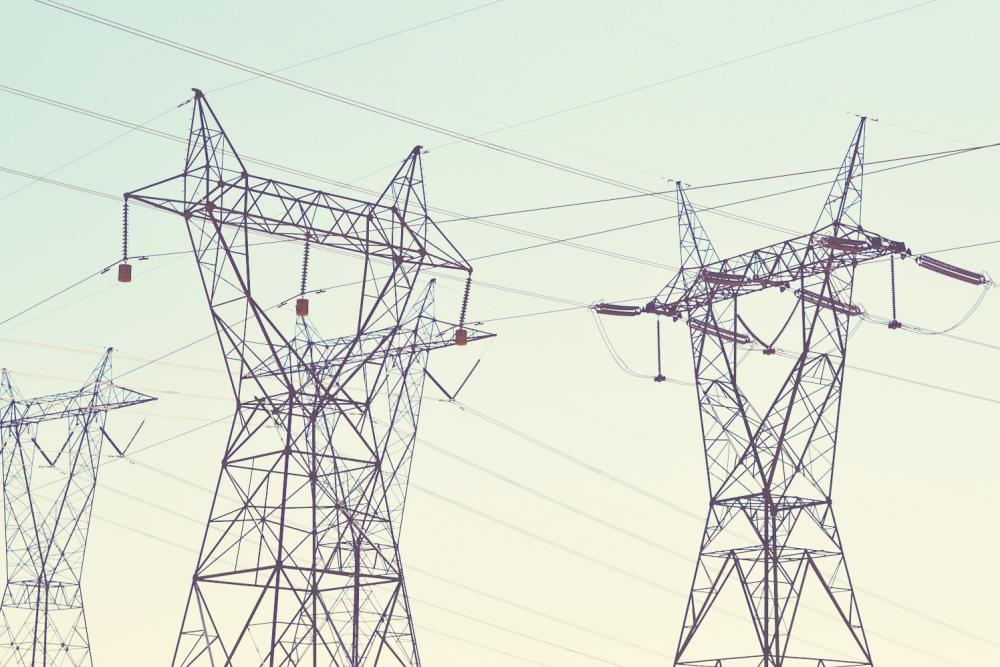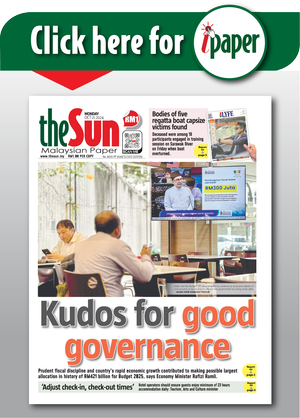INCENTIVE Based Regulation (IBR) was implemented for Peninsular Malaysia beginning January 2014. Generation component that comprises fuel cost and capacity charges is a full cost pass through. A part of Tenaga National Bhd’s (TNB) Planning Dept was converted into single buyer and the operation was separately ring fenced. Single buyer with the transmission, distribution and retail falls under IBR regulation. These are the costs that are audited while its revenue and profit are capped.
2014 was the trial run year and the regulatory period (RP) was set to be reviewed every 3 years. When a base tariff is set, the corresponding natural gas and coal price will be fixed. Fuel cost fluctuates due to global market forces and the Imbalance Cost Pass Through (ICPT) mechanism was set at 6 months pass through during every RP to ensure efficiency and prevent steep changes to tariff. If the fuel cost drop lower that the benchmarked cost, a rebate will be given after 6 months and vice versa. This is to cushion the fuel cost volatility.
After few years, Kumpulan Wang Industri Elektrik (KWIE) was formed to manage ICPT, allocation from government for tariff impact reduction, saving from renegotiation of old Independent Power Producers’ (IPP) Power Purchase Agreements (PPA) and incomes from the fund’s own investment, etc. When fuel cost drops below benchmarked cost for a regulatory period (RP), the savings will be kept in KWIE and given as rebate. When the fuel cost goes higher than the benchmarked cost, a surcharge will be imposed to tariff after buffering with the KWIE fund. At early stage, there were misconceptions that there was subsidy from government. Subsidy from government happens only when budget is allocated to KWIE and approved by parliament. If the fund is using savings from fuel cost, profit cap and revenue cap imposed to TNB, it is not subsidy as it is the money consumers paid in advance through tariff.
The matter that ruffled feathers recently was the announcement that base tariff increase will be almost 5 sen/kWh or 14%. The previous base tariffs were increased in a smaller margin for every RP and the tariff bands for all categories of consumers were maintained as the revenue stream for each tariff band was sufficient to meet the regulated revenue and profit. Under IBR, any over recovery will be channelled back to the tariff. Changes to base tariff are based on requirements set by Energy Commission. The vagueness of the recent announcement has caused panic. A 14% increase in base tariff will increase the revenue for electricity sector. However, if the domestic sector’s tariff band is designed to avoid this increases, the cost will certainly be passed to the business sector.
Almost 75% of electricity generated in Peninsular Malaysia is consumed by non-domestic sector. This also means that the channelling of the cost impact to these sectors will increase the prices of goods and services. Thus, increase in cost of living is not avoidable.
There is less than 5 months before the government decide on the new base tariff for RP4. There are few issues that the government must address as short term and long term implementations:
Government must make public details of RP3 and RP4 base tariff estimation just like how it was done transparently during RP1 and RP2. 14% increase must be detailed out to avoid any non-tariff infrastructure cost to be socialised.
JPPPET meeting minutes and future plant up capacity planning must also be published. These annual updates have been missing for the past few years. We have raised these issues with the current minister of energy as well recently.
Carry out structured and meaningful stakeholder engagement before decide on the tariff review to ensure issues from various stakeholders can be addressed amicably.
Renegotiate power plant projects that were awarded via direct negotiation. The saving can be used to pare down the cost impact to tariff.
Implementation of Energy Efficiency across the board is vital. It is the fundamental step that will flatten the demand curve for electricity. We have also raised the risks and potential of energy transition as well as failure to address energy efficiency implementation to the minister of energy recently.
This artice is contributed by Association of Water and Energy Research Malaysia (Awer) president Piarapakaran S.









